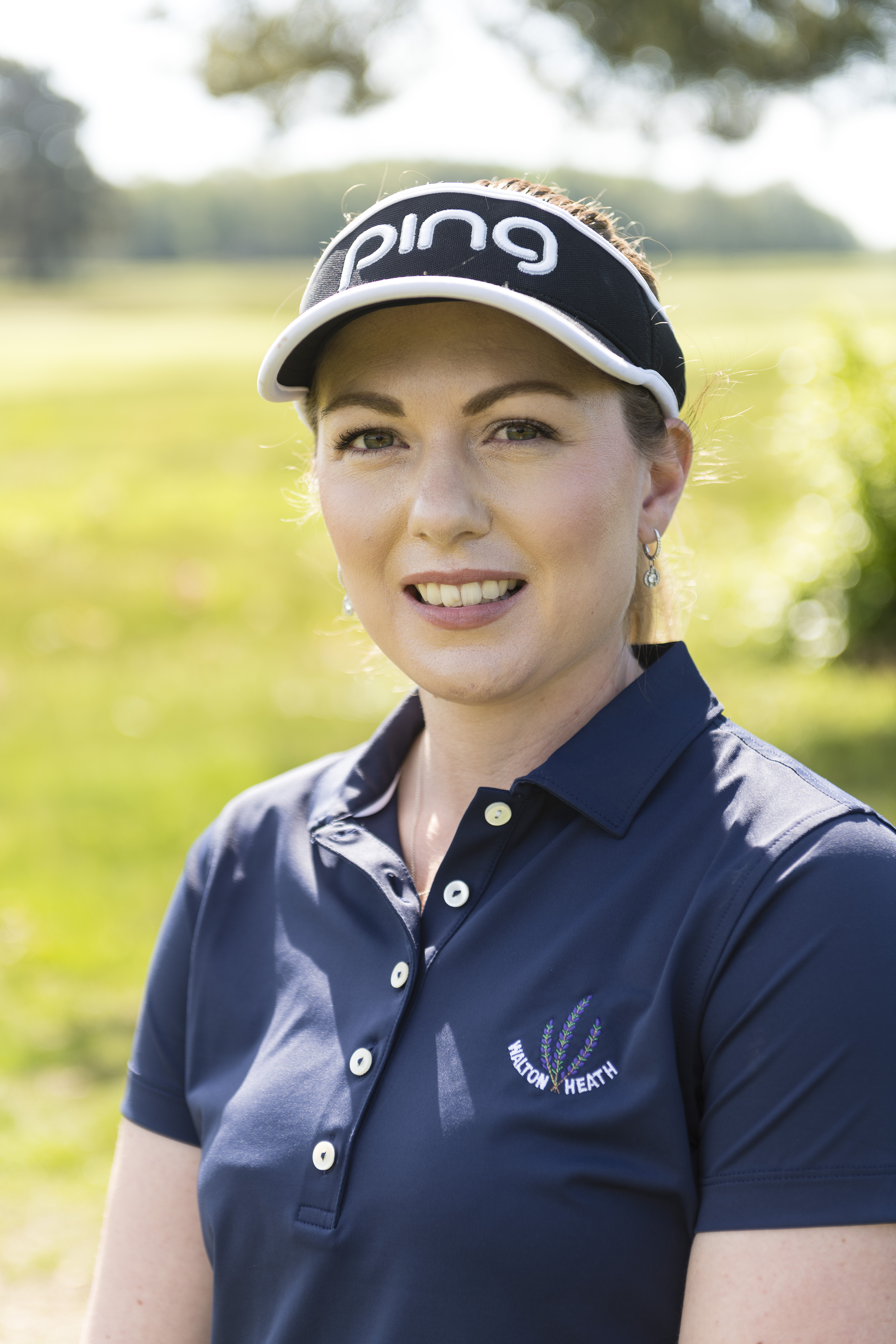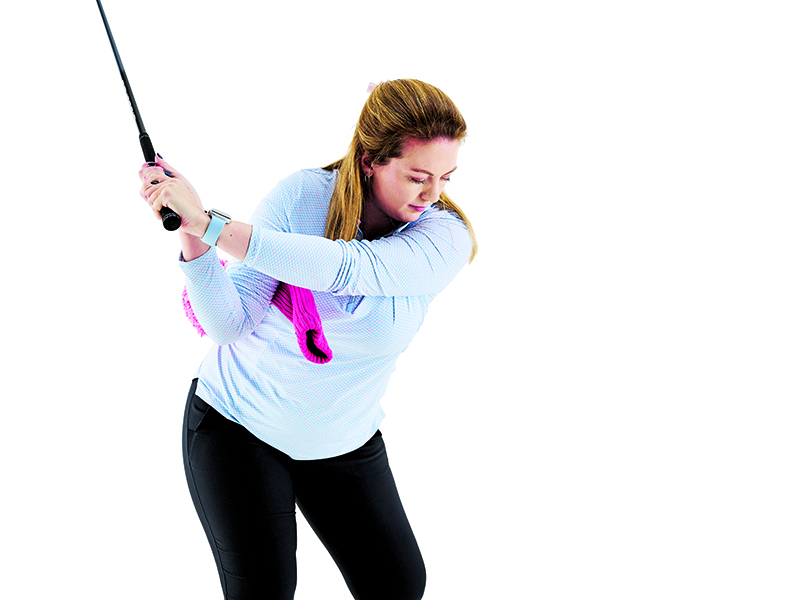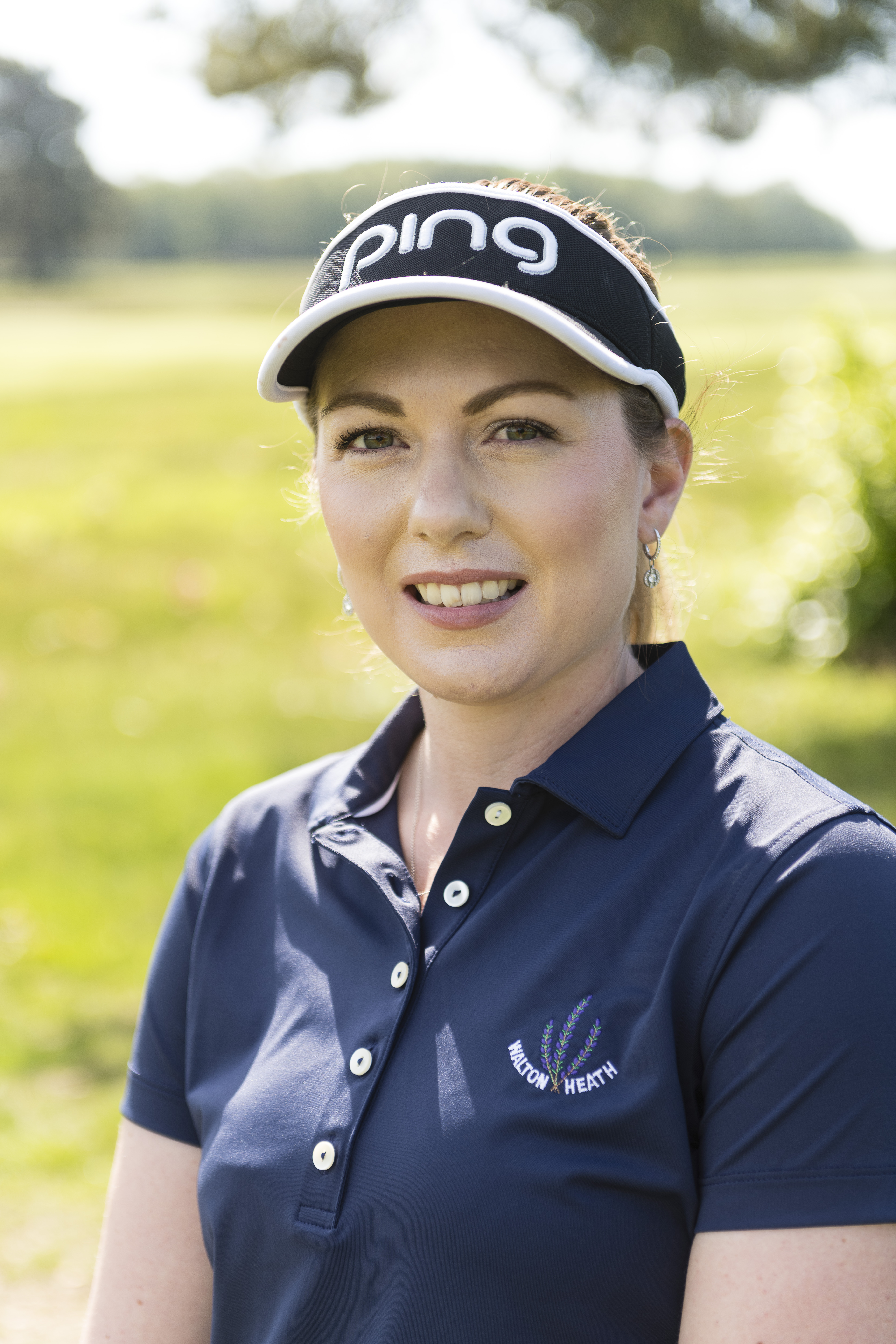Need A Drill To Fix Your Slice? We've Got You Covered...
Playing golf with a slice is infuriating, but you don't have to skulk around never seeing the fairway. Try this simple drill to straighten out your ball flight


If you asked most amateur golfers what they would like to achieve from a golf lesson, many would come back and say they want to learn how to stop slicing the ball.
If you regularly slice the golf ball, the problem may be arising from a lack of connection through the swing, but fortunately for you... there is a simple fix.
In this article, Top 50 Coach Jo Taylor explains a very effective drill to cure your slice, which could be the key to shooting lower scores and playing better golf.
A Drill To Fix Your Slice

Jo Taylor teaches at Walton Heath and is a PGA Advanced Professional having graduated in 2011. She has helped hundreds of women and girls get into the game and she is a strong believer that, whatever your ability, everyone can get plenty out of the game. Jo is currently working towards a Doctorate in Sport and Exercise Science.
1. Stay Connected
One of the reasons club golfers struggle to strike their irons purely is that they don’t stay connected – the arms don’t work properly with the body (as highlighted by the headcover under my arm falling out).
Note how steep the plane is; I’ve just lifted my arms and there’s very little shoulder turn. I often see golfers get into this position, then they try to shallow the plane out by tilting out of the shot. To then expect a ball striking masterclass is a little farfetched.

2. Swing Connection Drill
Sometimes it’s the idea that you have to hit down with your irons that leads to this disconnection, although it can also be a lack of mobility. You can improve mobility through the best golf exercises, but there is also another way.
Try this drill if you typically slice a lot of your iron shots. Any disconnection between the arms and the body can lead to your swing chopping across the ball.
Subscribe to the Golf Monthly newsletter to stay up to date with all the latest tour news, equipment news, reviews, head-to-heads and buyer’s guides from our team of experienced experts.
It’s one I use from time to time just to make sure everything is in sync – and I’ve seen a bunch of tour pros doing it, too.
Pop a headcover or glove just below your armpit on your trail side. Forgot about hitting balls for now – this is all about developing better positions.

This drill should keep your upper arms more connected to the rib cage. Make a swing with a headcover under your right arm and get used to the feeling of your trail arm’s elbow pointing more towards the ground.
If you lift your arms up and away from the body as you swing back, the headcover will drop to the ground and you’ll know you’ve become disconnected. It should only hit the ground post-impact into the follow-through.

Location: Walton Heath
Jo teaches at Walton Heath and is a PGA Advanced Professional having graduated in 2011. She has helped hundreds of women and girls get into the game and she is a strong believer that, whatever your ability, everyone can get plenty out of the game. Jo is currently working towards a Doctorate in Sport and Exercise Science.
Teaching philosophy:
I like to keep things simple and try to articulate things in a way that is easy for the student to understand. I need to understand the technicalities of what is creating their ball flight, but I need to be able to communicate that to the student in a way that they can utilise.
A typical lesson:
My lessons begin with a lot of questioning, I want to understand what the person wants out of their lesson. I want to understand as much about their game and what they are struggling with. Once I’ve seen their flight and motion, I will often utilise video and TrackMan data to further understand/reinforce what I’m seeing. I always want my students to understand what we are changing and why. I then take the player through what we want to change, and how best to practise. I close my lessons by checking for understanding and asking the player to tell me what they going to work on.
Most common impact:
Angle of attack is often a common impact fault I see, with players either being too steep or too shallow. Most often this is caused by a lack of rotation or a poor concept where a player is trying to scoop or chop down on the ball. I try to correct the fault by demonstrating the concept before getting the player to make small, controlled swings to get a feel for the new movement. With some players I try to find a visualisation or an external focus of attention which helps them make the desired movement without overthinking.
You must confirm your public display name before commenting
Please logout and then login again, you will then be prompted to enter your display name.